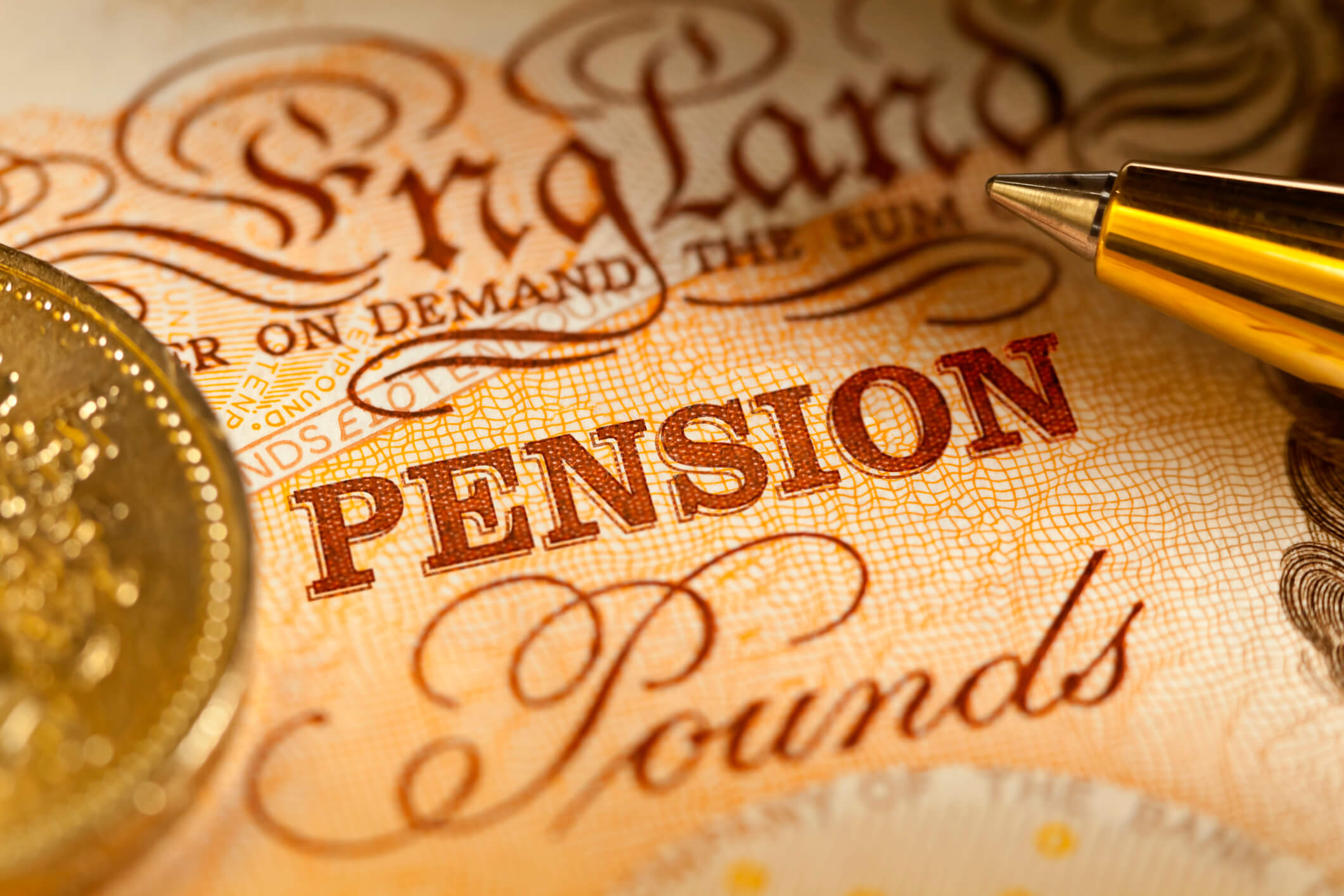
‘Dividing up cash, savings and the family home are relatively straightforward,’ says Sam Hulse, Partner and Head of Family Law at QualitySolicitors Parkinson Wright. ‘In contrast, pensions are the most complex asset to distribute, and are often overlooked.’
Pensions can be shared just like any other marital asset. However, the share of the pension cannot usually be made available immediately but will provide some pension benefit in the future. In addition, there are a variety of types of pension schemes with differing approaches to calculating the eventual pension payments.
One key difference arises depending on whether a scheme is based upon defined contributions (for example, a private pension into which a set amount per month is paid into the fund), or a defined benefit scheme (for example, a final salary pension scheme), which is calculated by a formula based on the earnings history, years of service and age, rather than depending directly on individual investment returns.
Alternatively, experienced investors or company directors may have a Self-Invested Personal Pension (SIPP) or a Small Self-Administered Scheme (SSAS) which might include a portfolio of assets such as commercial property, woodland, shares and business investments.
It is perfectly possible for a couple to have pension funds of the same size but differing predicted monthly payments, even if they both work in the public sector.
Valuing the pension
The starting point is to contact your pension provider to request an up-to-date valuation of your pension or pensions – one is required for each pension you have. This is straightforward and a telephone call to your pension provider is usually sufficient. You will then receive a written valuation (or CEV) in respect of the pension, which says what the pension fund is currently worth and your expected pension payments.
For most private pensions, that valuation will usually be sufficient to provide accurate information to allow you to determine long-term arrangements. However, the picture is far from straightforward for SIPPs, SSASs and defined benefit public sector or armed forces pension schemes.
In these cases, the CEV may not be a true valuation of the pension fund. This is not because of anything untoward, it is simply to do with how the calculations are made, and the CEV provided may be lower than the actual value of the pension.
This can arise for a number of reasons, as demonstrated in the following scenarios:
If the defined benefit is calculated based upon length of service of the serving spouse, the difference can be significant. For example, where the wife is a serving police officer who has 24 years and 364 days service, her pension provider says she has a CEV of £250,000. However, 24 hours later, when she has attained 25 years’ service, that pension may be worth £350,000.
Where the pension fund includes property investments, values may change significantly particularly if planning permission for development is obtained. An acre of agricultural land may be worth £20,000 today, but with planning permission for a solar farm or a business park, its value could increase tenfold.
The benefit of an actuarial valuation
A pensions actuary will be able to provide an accurate valuation of the pension fund and expected payments. Unfortunately, an actuary’s report can be expensive, and often couples are put off by the cost and feel that the size of the pension does not justify the expense.
However, as can be seen in the example above, the true value of a pension can be significantly higher than you might initially be led to believe.
Can I claim against a pension that is already in payment?
Yes! Just because your spouse is already receiving their pension, it does not mean that the pension fund cannot be shared. However, it may be necessary to obtain an actuarial report to assist with calculating the appropriate percentage split.
What about state pensions?
It is possible in certain circumstances to have a pension sharing order against your spouse’s state pension – this might be particularly relevant if one party has not worked sufficiently to build up their NI contributions and so is not eligible for the full amount of the state pension.
Offsetting
In some cases, it might be preferable to keep the pension intact and provide one party with a larger capital sum.
For example, when one person earns little they might struggle to raise a mortgage to buy a house. If the higher earner has a large pension pot, they might prefer to keep the whole of the pension and (subject to appropriate valuations) give their spouse more capital in exchange. This is known as offsetting, however, pensions and capital cannot be compared on a pound-for-pound basis.
As can be seen, pension calculations are complex, but your financial security in your old age may be at stake and so it is vitally important to seek legal advice from a solicitor who will be able to explain to you in more detail about how to share any pensions and how to obtain accurate valuations.
For further information, please contact Sam Hulse or a member of our Family Team on 01905 721600. QualitySolicitors Parkinson Wright has family law departments at Worcester, Droitwich and Evesham.
This article is for general information only and does not constitute legal or professional advice. Please note that the law may have changed since this article was published.
